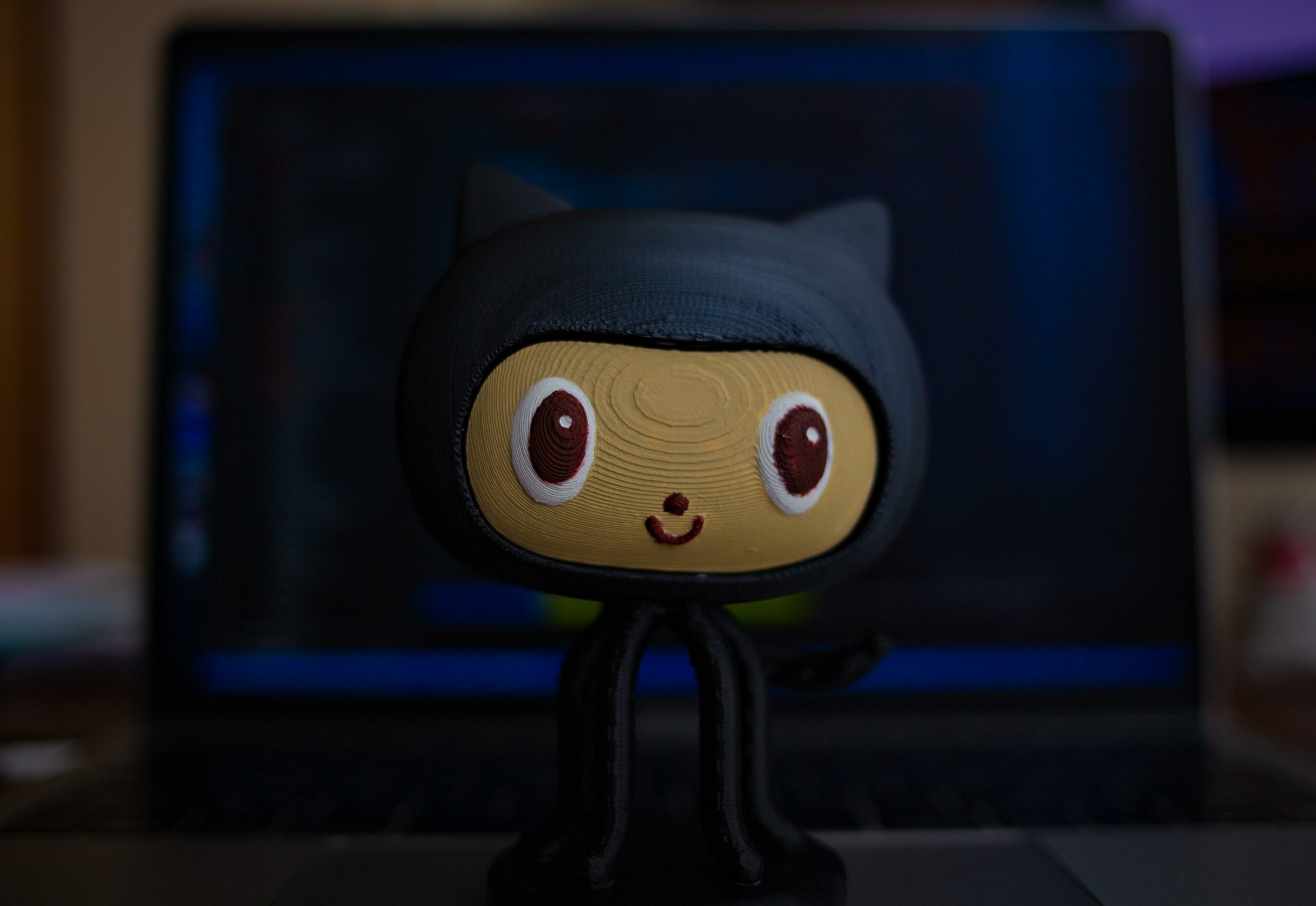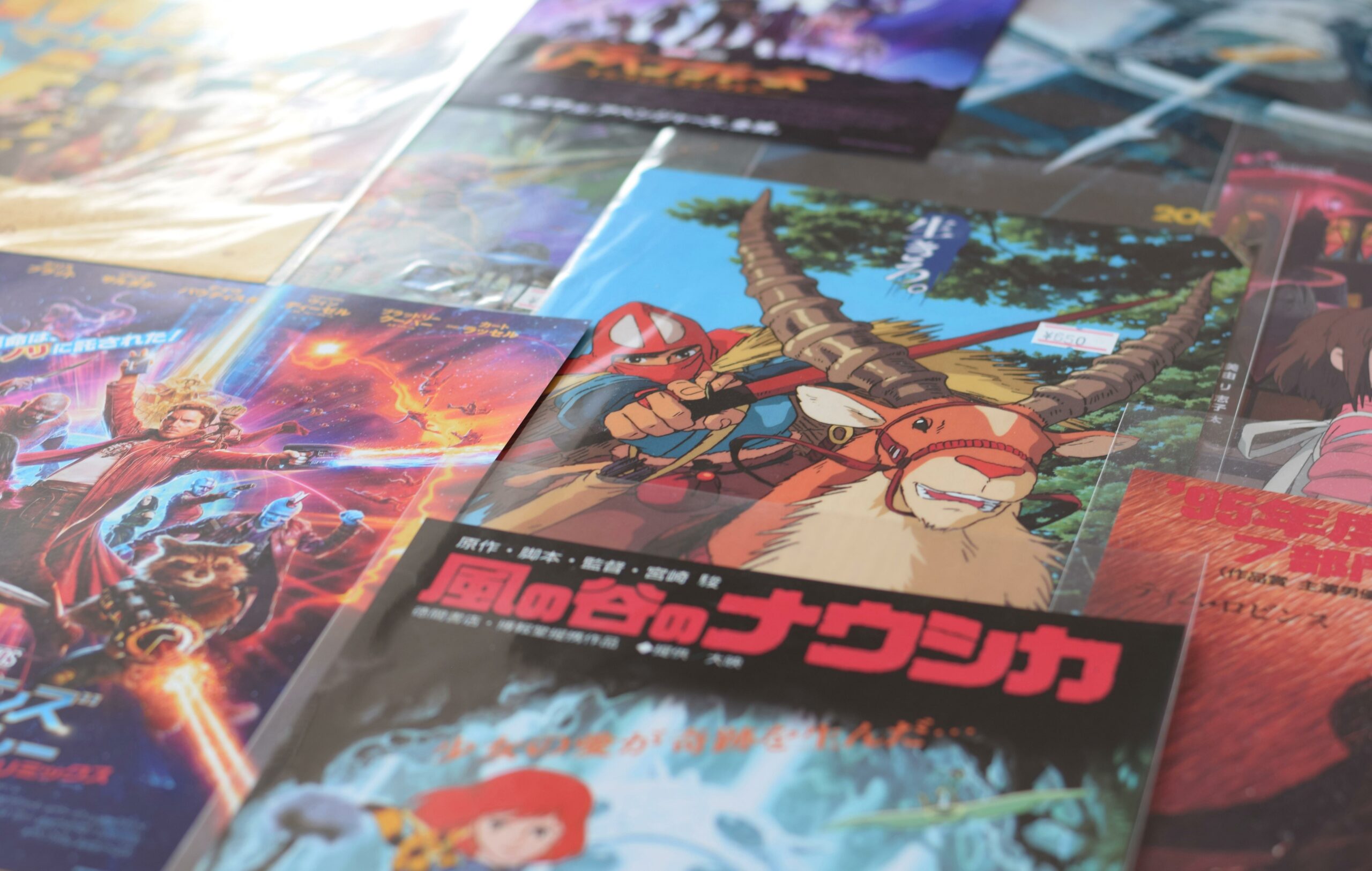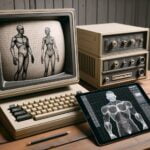Are you ready to dive into the enchanting world of animation? Look no further! In this article, we’ll unveil the captivating universe of animation and explore its various types and styles. Whether you’re an avid animation enthusiast or simply curious about the magic behind your favorite cartoons, this article is packed with interesting insights and valuable information. From the mesmerizing art of stop motion to the cutting-edge world of 3D computer animation, we’ll take you on a journey through the technical and artistic aspects of this breathtaking craft. So, prepare to be amazed and let’s unravel the mysteries of animation together!

Types and Styles of Animation
Animation is a captivating art form that brings stories and characters to life through motion and creativity. From traditional hand-drawn animation to cutting-edge 3D computer graphics, there is a wide range of types and styles to explore in the world of animation. In this article, we will dive deep into the various techniques and approaches used in animation, uncovering the magic behind each style. So, let’s embark on this animation adventure and unveil the fascinating world of [Types and styles of animation].
Traditional Animation
Imagine sitting at an animation studio, watching the skilled animators bring characters to life frame by frame. That’s exactly what traditional animation entails. This type of animation involves the manual creation of each frame using pencils and paper. It is a time-consuming process, but one that creates a unique and timeless aesthetic. As Walt Disney famously said, “animation offers a medium of storytelling and visual entertainment which can bring pleasure and information to people of all ages everywhere.” Traditional animation truly stands the test of time, capturing the imagination and hearts of audiences around the globe.
2D Vector-Based Animation
With the advancements in computer software, animators now have access to a whole new world of possibilities. 2D vector-based animation is a technique that uses computer software to create and manipulate 2D images. This style allows for seamless movement and fluidity, giving animators the freedom to explore endless design options. Whether it’s the iconic characters of classic cartoons or the vibrant visuals in contemporary animations, 2D vector-based animation continues to captivate audiences with its versatility and charm.
3D Computer Animation
When it comes to lifelike animation, 3D computer animation takes the spotlight. This technique relies on computer graphics and visualization software to create three-dimensional images. From animated feature films to video games, this style has revolutionized the animation industry, offering a level of realism and immersion like never before. With every frame meticulously crafted, 3D computer animation pushes the boundaries of what is visually possible, creating breathtaking experiences that transport audiences into new and fantastical worlds.
Stop Motion Animation
Imagine seeing objects come to life through the magic of motion. That’s the essence of stop motion animation. This style involves manipulating physical objects and capturing them frame by frame to create the illusion of movement. From the meticulously crafted puppets in “Coraline” to the enchanting world of “Wallace and Gromit,” stop motion animation showcases the artistry and dedication required to bring inanimate objects to life. The imperfections and tangible nature of this style add a unique and charming quality to the final animation.
Motion Graphics
In today’s fast-paced digital landscape, motion graphics has become a popular animation technique. It involves the use of moving graphics and text to enhance storytelling and captivate viewers. Whether it’s a dynamic logo animation or an engaging explainer video, motion graphics can add a modern and polished feel to any project. By combining graphic design principles with animation, this style creates visually striking and informative content that instantly grabs attention.
Now that we’ve explored some of the key types and styles of animation, it’s clear that the world of animation is vast and diverse. Each technique and approach offers its own unique advantages and possibilities. Whether it’s the timeless charm of traditional animation or the cutting-edge realism of 3D computer animation, animators have an array of tools at their disposal to bring their visions to life.
So, whether you’re an aspiring animator or simply a fan of animated films, take a moment to appreciate the artistry and craftsmanship behind every frame. As you delve into the mesmerizing world of [Types and styles of animation], remember that animation has the power to transport us, inspire us, and bring wonder to our lives.
“Animation is not about creating the illusion of reality, but rather creating the reality of an illusion.” – Genevieve Blais
Types of Animation are fascinating and diverse, offering a creative outlet for individuals with vivid imaginations. From traditional hand-drawn animation to cutting-edge computer-generated imagery, the possibilities are limitless. If you’re curious about the different styles and techniques utilized in the world of animation, click here for a comprehensive breakdown on our website: Types Of Animation. Embark on a captivating journey into the realm of animation and explore the myriad of visual storytelling techniques that bring characters and worlds to life.
FAQ
Question 1: What are the five different types of animation?
Answer 1: The five different types of animation are traditional animation, 2D vector-based animation, 3D computer animation, stop motion, and motion graphics.
Question 2: What are some styles of animation?
Answer 2: Some styles of animation include rotoscoping, anime, cutout, and motion graphics.
Question 3: How is traditional animation created?
Answer 3: Traditional animation involves manually creating each frame using a pencil and paper.
Question 4: How is 2D vector-based animation created?
Answer 4: 2D vector-based animation uses computer software to create 2D images and manipulate them.
Question 5: How is 3D computer animation created?
Answer 5: 3D computer animation relies on computer graphics and visualization software to create three-dimensional images.
- Unveiling Bernhard Caesar Einstein’s Scientific Achievements: A Legacy in Engineering - July 15, 2025
- Uncover who is Jerry McSorley: CEO, Family Man, Business Success Story - July 15, 2025
- Discover Bernhard Caesar Einstein’s Scientific Contributions: Unveiling a Legacy Beyond Einstein - July 15, 2025















